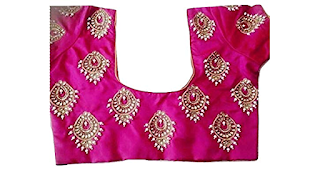Essential Tips for Planning Outfits Like a Pro
Planning outfits can help you save time, reduce stress, and ensure you always look put-together. Here's a step-by-step guide on how to plan outfits effectively:
1. Assess the occasion: Consider the purpose and dress code of the event or activity you'll be attending. Determine if it's a formal, casual, or business setting, as this will influence the type of outfits you need to plan.
2. Check the weather: Take into account the weather forecast for the days you'll be wearing the outfits. This will help you choose appropriate fabrics, layering options, and accessories to suit the conditions.
3. Evaluate your wardrobe: Take a look at the clothes you already have and consider which items can work well together. Identify key pieces, such as versatile basics or statement items, that can serve as the foundation for your outfits.
4. Consider color coordination: Choose a color palette or theme that you want to incorporate into your outfits. This will help create a cohesive and visually pleasing look. Start with a neutral base and add pops of color or pattern with accessories or statement pieces.
5. Mix and match: Experiment with different combinations of tops, bottoms, and layers to create multiple outfit options. Try on different combinations and assess how they look and feel. Take photos if needed to remember the combinations you like.
6. Plan according to your schedule: Consider the activities or events you'll be participating in throughout the week. Organize your outfits accordingly, ensuring they are appropriate for each occasion and reflect your personal style.7. Pay attention to details: Complete your outfits by selecting accessories, such as shoes, bags, jewelry, and scarves, that complement the overall look. Accessories can elevate a simple outfit and add personal flair.
8. Consider comfort: Ensure that the outfits you plan are comfortable and allow for ease of movement. Consider the fit, fabric, and functionality of each piece, particularly if you'll be wearing the outfit for an extended period.
9. Create a visual reference: Take photos of the outfit combinations you've planned or use a digital wardrobe management app to create virtual outfits. This reference will help you remember your planned looks and can be useful when getting ready in a hurry.
10. Adapt and adjust: Be open to making last-minute adjustments based on unforeseen circumstances or changes in weather. Have a backup plan or alternative options ready to ensure you're prepared for any situation.
Planning outfits is a personal process, and it's important to consider your individual style, preferences, and the specific requirements of each occasion. The more you practice and experiment with different combinations, the better you'll become at planning outfits that reflect your personal style and make you feel confident and comfortable.



Comments
Post a Comment